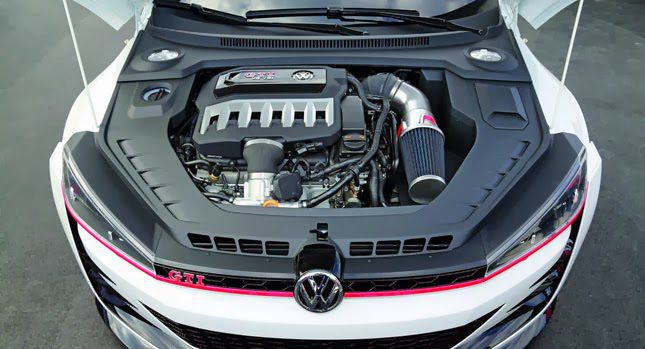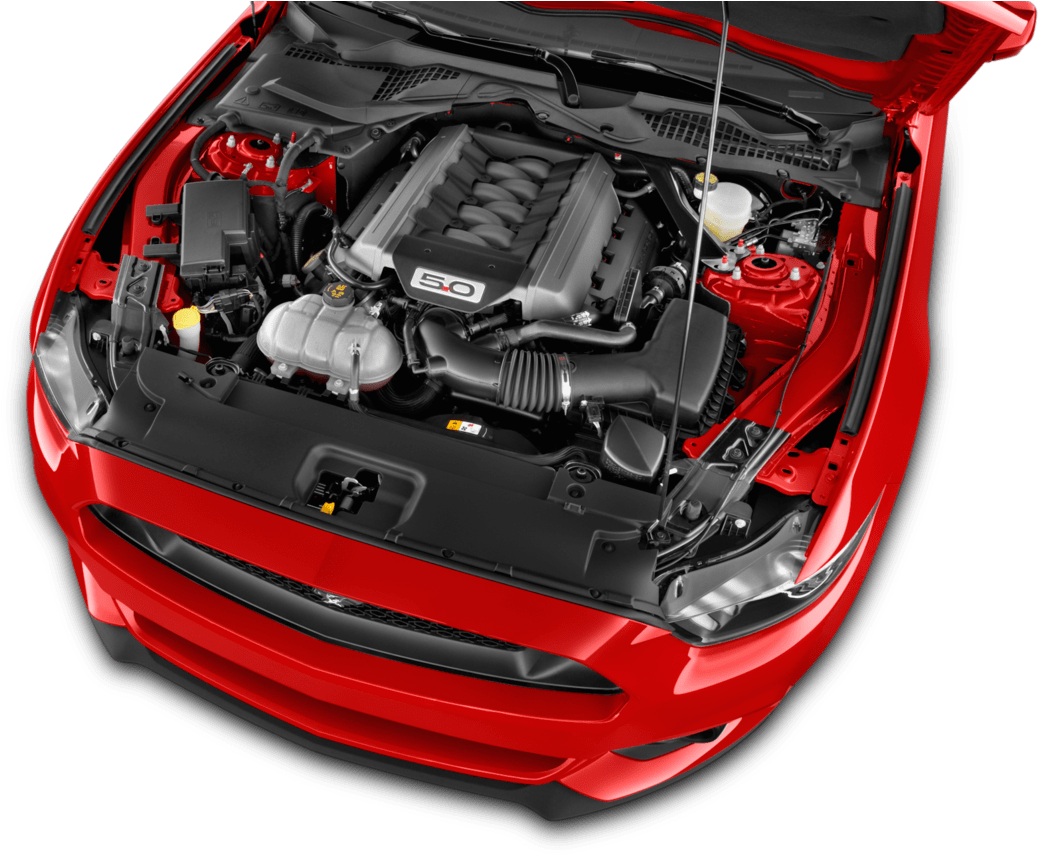Locating the most effective Bargains on Opel Corsa Engine Components
Locating the most effective Bargains on Opel Corsa Engine Components
Blog Article
Checking Out the Inner Workings of a Compact Automobile's Engine System
As chauffeurs, we often take for given the detailed procedures that take place within the boundaries of our lorry's engine system. In this expedition of a portable vehicle's engine system, we will untangle the inner functions of this mechanical harmony, shedding light on the mysteries that drive us onward on our everyday journeys.
Combustion Process Introduction
The combustion process in a compact car's engine system is an essential device that effectively converts gas into power to power the lorry. This procedure occurs within the burning chamber of the engine, where fuel and air mix, ignite, and generate controlled surges. The burning process includes 4 major phases: consumption, exhaust, power, and compression.
Throughout the intake stage, the piston relocates downward, attracting a blend of air and gas right into the combustion chamber. The following stage, compression, involves the piston moving upwards, compressing the air-fuel mix to enhance its potency. Ultimately, in the power stage, the ignition system fires up the pressed combination, leading to a fast growth of gases that requires the piston pull back. This down movement produces the power needed to drive the vehicle. Ultimately, in the exhaust phase, the burned gases are eliminated from the combustion chamber with the exhaust shutoff, preparing the chamber for the following cycle. This cyclic combustion procedure is fundamental to the operation of a compact vehicle's engine system, ensuring reliable energy conversion for propulsion.
Piston and Cylinder Interaction

The piston's precise fit within the cyndrical tube is necessary for maintaining ideal compression and preventing energy loss during combustion. Tight clearances between the piston and cylinder walls ensure reliable sealing, enabling the piston to move smoothly without enabling gases to leakage past. Proper lubrication is also crucial to minimize rubbing and use between these components, boosting long life and performance.
Furthermore, the design and materials used in producing the piston and cyndrical tube influence engine performance and resilience. Modern engines often utilize light-weight yet durable materials like light weight aluminum alloys for pistons and cyndrical tube linings to minimize inertia and enhance thermal performance. On the whole, the harmonious interaction in between the piston and cyndrical tube is basic to the engine's capability and total performance.
Gas Shot System Capability
Gas injection systems in portable car engines play a critical role in precisely providing fuel to the burning chamber for controlled and efficient ignition. The gas shot system functions by injecting fuel right into the combustion chamber at the ideal moment throughout the engine's operation (opel corsa engine). This exact timing guarantees that the fuel blends equally with the air for proper burning, resulting in boosted fuel effectiveness and reduced emissions
There are largely 2 kinds of fuel shot systems used in small vehicle engines: port fuel shot (PFI) and direct fuel injection (DFI) PFI systems infuse fuel right into the consumption port before the consumption shutoff, while DFI systems inject gas straight into the burning chamber. Both systems have their advantages, with DFI supplying better fuel atomization and PFI providing a more cost-efficient service.
Comprehending Engine Air Conditioning Mechanisms
Effective procedure of a portable vehicle's engine depends heavily on the efficiency of its cooling devices. Engine cooling is vital to protect against getting too hot, which can lead to major damages and lowered efficiency. The cooling system in a compact car commonly contains several elements collaborating to manage the engine temperature level. One essential part is the radiator, which utilizes coolant to take in warm from the engine. As the warm coolant moves via the radiator, it launches warmth right into the air, cooling prior to going back to the engine. The water pump flows the coolant via the engine and radiator, ensuring a consistent flow to control temperature. Furthermore, the thermostat assists manage the coolant circulation to preserve ideal engine temperature level. Some cars also have cooling down navigate to this site followers that turn on when added air conditioning is needed, such as during heavy traffic or heat. Understanding these engine air conditioning mechanisms is vital for keeping the efficiency and durability of a small car's engine system.

Exhaust System Components Explained
The optimal performance of a small vehicle's learn the facts here now engine air conditioning systems depends on a corresponding system called the exhaust system, which comprises numerous necessary components for making certain efficient exhausts and engine performance. The exhaust system includes elements such as the exhaust manifold, catalytic converter, muffler, and tailpipe. The exhaust manifold collects exhaust gases from the engine's courses and cylinders them to the catalytic converter. The catalytic converter after that transforms harmful contaminants in the exhaust into much less hazardous exhausts before launching them with the muffler and tailpipe.
One essential element of the exhaust system is the oxygen sensing unit, which keeps track of the oxygen degrees in the exhaust gases to aid regulate fuel intake and guarantee optimum engine performance. opel corsa engine. In addition, the resonator may exist in some exhaust systems to minimize noise degrees. In general, the exhaust system plays an essential duty in maintaining engine performance, decreasing hazardous exhausts, and guaranteeing a quieter driving experience for small vehicle owners

Conclusion
In verdict, the compact automobile's engine system is a complex combination of components that collaborate to help with the burning procedure, transform fuel into energy, and get rid of waste gases. Understanding the internal operations of the engine system, including the piston and cylinder communication, gas shot system, engine air conditioning devices, and exhaust system components, is crucial for maintaining optimal performance and effectiveness of the automobile.
The burning procedure in a small lorry's engine system is a crucial system that effectively converts fuel into energy to power the vehicle.Fuel injection systems in compact vehicle engines play a crucial function in exactly delivering fuel to the combustion chamber for efficient and controlled ignition.There are mainly two types of fuel injection systems utilized in small automobile engines: port fuel try this website injection (PFI) and direct fuel shot (DFI) Understanding these engine cooling devices is essential for preserving the performance and durability of a portable lorry's engine system.
The optimum functioning of a portable lorry's engine air conditioning systems depends on a complementary system known as the exhaust system, which comprises various important parts for ensuring reliable exhausts and engine performance.
Report this page